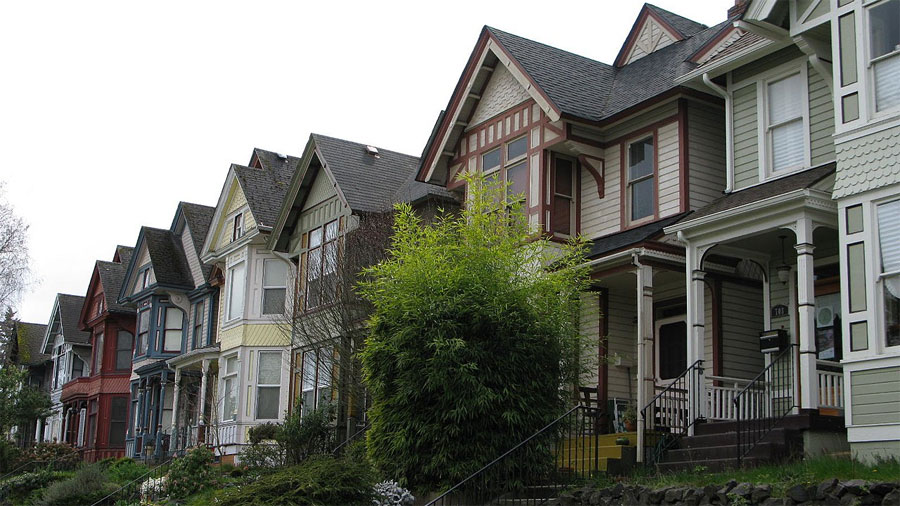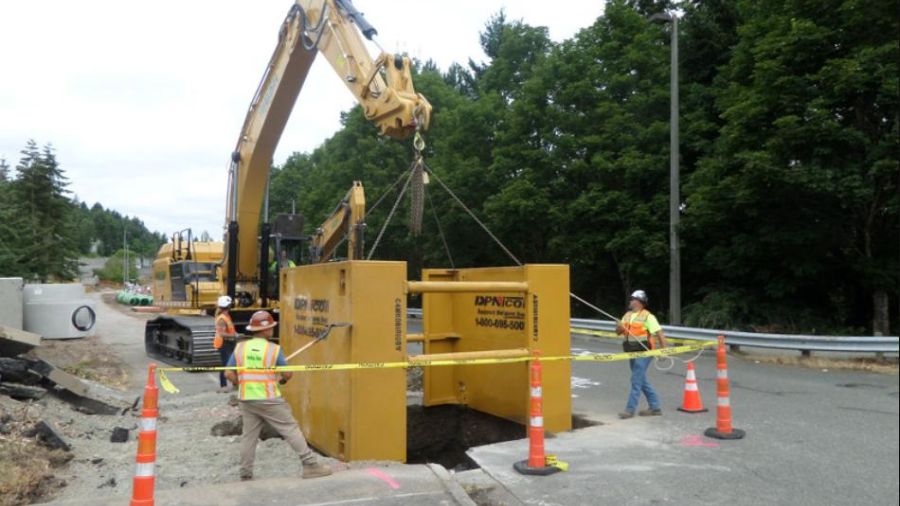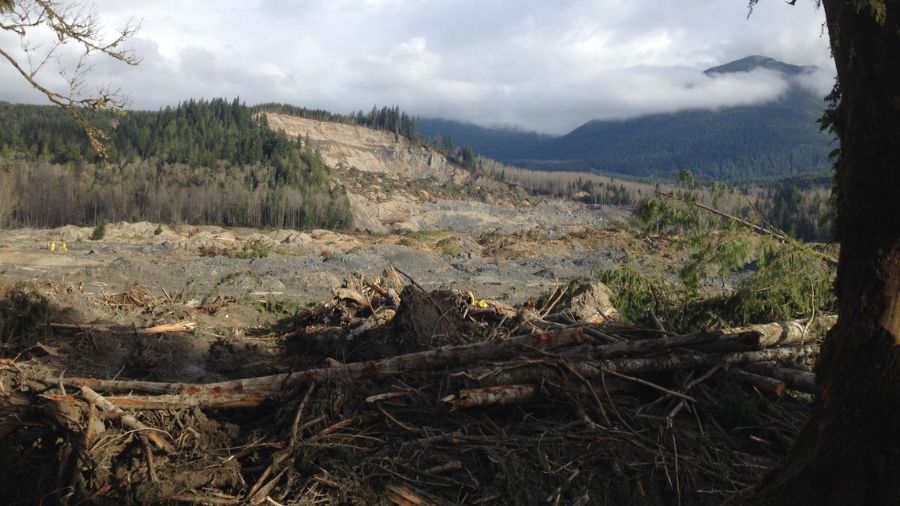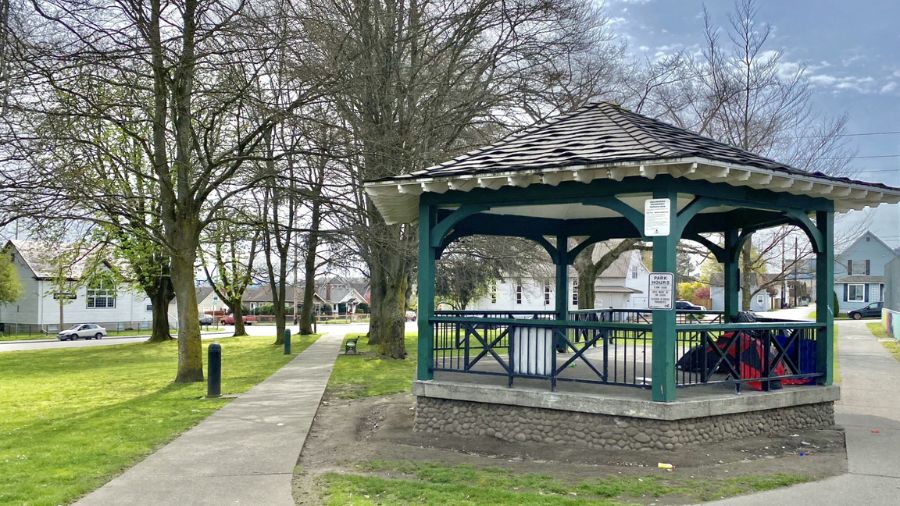Tacoma approves landmark bill doing away with single-family zoning label
Dec 8, 2021, 8:03 AM | Updated: 11:48 am

Tacoma's Hilltop neighborhood. (Jacob Rose, Wikimedia Commons)
(Jacob Rose, Wikimedia Commons)
Tacoma City Council voted Tuesday to approve the first phase of its ambitious “Home in Tacoma” plan to reimagine single-family zoning.
Key differences between Seattle, Tacoma plans to axe single-family zoning
Tuesday’s vote puts a period on seven months of work, effectively doing away with the “single-family zoning” label, and reclassifying Tacoma’s housing types into new categories. The legislation also shifted the zoning requirements for a handful of areas across major transit corridors.
Tacoma’s new housing categories will now be “low-scale residential” and “mid-scale residential.” Low-scale encompasses detached houses, homes with mother-in-law units, townhouses with up to three units, duplexes, triplexes, small-lot houses, and cottage houses. In “some circumstances,” it would also include fourplexes and “small multi-family” dwellings. Mid-scale would include townhouses and “medium multifamily” housing, defined as apartment complexes topping out at four stories tall.
The final bill also lays out the “qualities” associated with low-scale residential neighborhoods, describing them as having “lower noise levels,” less vehicle traffic, “private and shared open space and yards,” and trees lining sidewalks and streets.
The hope from city leaders is to create more diverse housing options amid Tacoma’s growing population, particularly in the category of what’s known as “middle housing.” Between 2010 and 2019, it’s estimated that the city added three new residents for every one new housing unit.
Economist: Seattle’s single-family zoning ‘doesn’t make any sense’
That’s also driven housing prices up as options have dwindled. According to Home in Tacoma’s website, “about 40% of Tacomans pay more than they can afford in housing costs.”
“The City can’t control the price of housing, but we can encourage developers to offer affordable units in larger projects by offering bonuses, such as allowing more units or reducing parking requirements,” the website reads. “Another action the City can take is to allow Missing Middle Housing types. Since they are more compact, the cost of land and infrastructure is shared across more units. While this doesn’t guarantee an affordable price, it generally brings down costs and creates relatively affordable housing choices.”
In practice, this initial ordinance does not drastically change the existing zoning requirements of Tacoma’s neighborhoods, instead targeting a few smaller changes to start. That includes swapping the low-scale/mid-scale designations of a handful of areas, while actually down-zoning some areas from mid-scale to low-scale.
The plan moving forward is to use the new land use designations as a jumping-off point for further zoning changes and updated design standards. That work will comprise Phase 2, kicking off in “early 2022,” according to the city.












